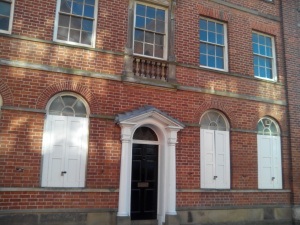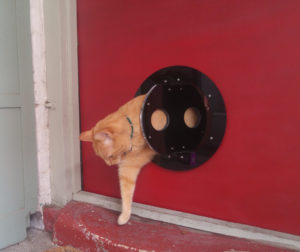 Retrofitting historic houses for energy efficiency
Retrofitting historic houses for energy efficiency
Historic houses (ie anything pre-1919) come in all shapes and sizes and between them present every imaginable energy efficiency problem. Retrofitting historic houses is a particular interest of ours, with a plan in the pipeline for one particularly keen colleague to study for a PhD in retrofitting historic houses to high standards of airtightness.
Historic houses are unpredictable
The first problem anyone will encounter in attempting to issue advice for making historic houses less leaky, easier to heat and overall more energy efficient is that the permutation of building styles, phases and materials over the years is completely unpredictable. Two Victorian tenements or two Georgian mansions or two pre-WWI council houses can have been built to different standards with different raw materials, different insulation (if any), been subject to different environmental factors and lived in by a succession of families with very different approaches to maintaining the fabric of their houses. Then there are the buildings never intended to be lived in but which have been converted for habitation – barns, dairies, schools and churches, to name a few.
These buildings will come with intrinsically different systems (if any) for providing heating and hot water, whether original or added later; any work done to a house will leave a different footprint behind. The window size and type will differ from one type of house to another, the neighbouring houses will differ, the type of roof will differ, previous damp-proofing and fire-proofing works will differ. Nothing can be taken for granted.
General advice or EnerPHit?
This unpredictability means that unless you’re in a position to commission a private energy assessment of your historic home and carry out the recommended works (eg EnerPHit, the passivhaus-type standard applied to existing builds, less rigorous than passivhaus but still a technical and demanding standard to meet), advice has to stay very general. Where the suggestions will do no damage to the historically significant elements of a building, respect its construction and behaviour, won’t cause problems of their own (the classic one being window sealing or wall cladding that then leads to a damp build-up) and are reversible, they will have some merit. Many of these measures come down to common sense and are just as applicable to modern housing as historic. Ensure the fabric of your building is properly maintained (no treatable cracks, badly-fitting doors); identify draughts and neutralize them effectively (eg an EcoFlap on your letterbox, a curtain over your front door); lag pipes; lay loft insulation; switch to low-energy fixtures and fittings etc etc.
But do no evil. A historic house has something all its own. It’s not reasonable to consume the planet to run it and those who choose these houses (not everyone does, if they’re reliant on allocated housing) must accept that they can’t, without a limitless budget and sometimes even then, run at passivhaus standards of energy efficiency and airtightness, but still a great deal can be achieved and big improvements made.
 Retrofitting historic houses for energy efficiency
Retrofitting historic houses for energy efficiency





